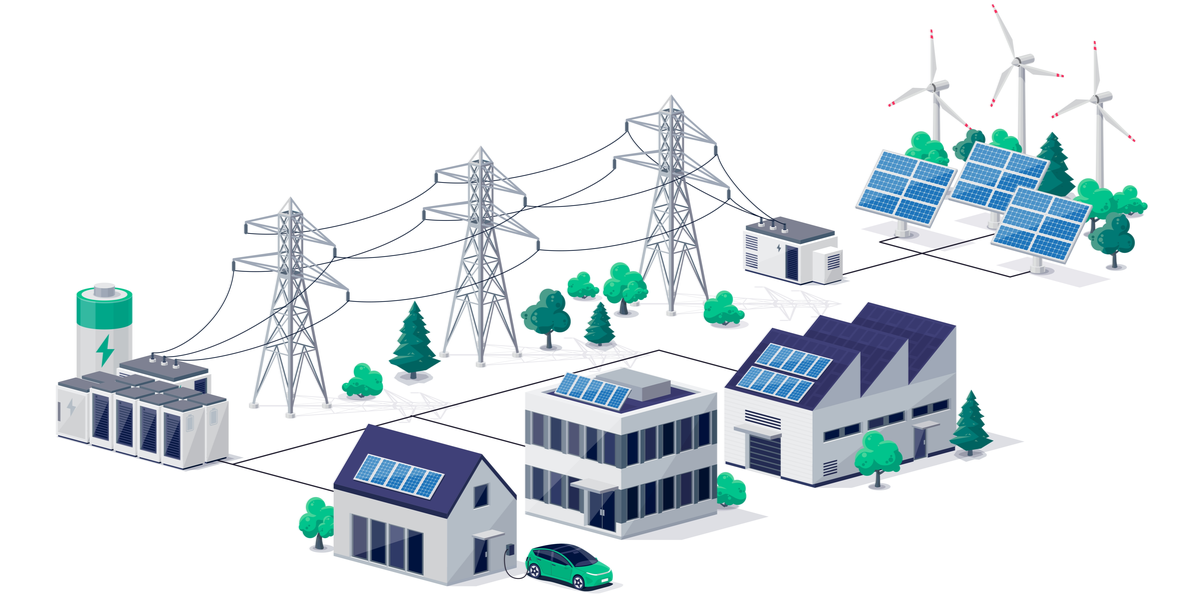Funding Efficiency Programs in Schools: Behavior Counts
Let's Save Energy
Alliance to Save Energy's Blog
Funding Efficiency Programs in Schools: Behavior Counts

If you’re an educator, a district administrator, or happen to run an educational program in California, you may have noticed there’s been a lot of talk recently about Prop 39. In November 2012, California voters approved Proposition 39, which freed up an estimated $2.75 billion to support energy efficiency and renewable energy projects in schools and other public buildings. For school districts looking to pursue energy savings projects but restrained by shrinking budgets, prop 39 brought a much needed ray of hope. It only takes a quick look at the documents and recommendations provided for using Prop 39, to realize that it’s focused on engaging in building upgrades and other energy savings projects with short payback periods. While capital investment can save districts plenty of money on utility bills, in order to maximize savings, it’s important to also engage occupants at individual schools. An effective behavioral energy efficiency program engages teachers, students and custodial staff to change the culture of a school to one that is more efficient. However, while there are a wide range of projects that qualify for funding under Prop 39, behavior change programs are not one of them.
As it turns out, the situation is similar in higher education facilities. In November 2013, roughly a year after Prop 39 was approved, University of California (UC) President Janet Napolitano announced the Carbon Neutrality Initiative, committing UC to being carbon neutral by 2025. The ambitious goal requires all 10 campuses and five medical centers within UC to balance net greenhouse gas emissions from buildings and vehicles with renewable energy, and reduce emissions from the outset through energy efficiency. Being research-focused, the campuses face unique challenges, including energy-intensive laboratories, medical centers, and varying internal policies. Significant progress has been made since the commitment was first made. UC became a registered Electric Service Provider (ESP) in 2014, allowing them to supply their own electricity to certain campuses, and recently made the largest solar purchase by any university in the country. They have invested in energy efficiency improvements across the board, also tapping into utility incentives. While these are all commendable feats, there is one glaring hole in the 2014 Annual Sustainability Report -- besides a few localized projects, energy use reduction from behavior change is almost entirely left out. So why does this gap exist?
Funding
Behavior change programs are not recognized by California Investor Owned Utilities as Demand Side Management (DSM) Resource projects, decreasing the amount of funding available for these programs.
When the California Public Utilities Commission drafted the first Energy Efficiency Strategic Plan in 2008 in response to a need for coordinated effort amongst various agencies, an emphasis was placed on cross-cutting areas like Integrated Demand-Side Management (IDSM) and Workforce, Education & Training (WE&T). Since most behavior-change programs at schools provide students with hands-on training in energy efficiency, they have been funded by investor-owned utilities’ (IOUs’) WE&T budgets. In addition to their WE&T budgets, utilities are required to invest in resource programs that offset the need for new power generation through energy efficiency measures. These primarily take the form of capital investment projects, such as more energy-efficient lighting and HVAC systems, energy management systems, and distributed generation installations, and are often much larger budgets than WE&T. According to the 2010-2011 Energy Efficiency Annual Progress Evaluation Report, of the $936 million projected for energy efficiency expenditure through 2012, only $89.8 was budgeted for WE&T. At less than 10% of the budget, it’s no wonder that WE&T and thus behavior change programs are considered back-burner projects.
Evaluation, Measurement & Verification
There is a perception that savings from behavior change programs are hard to measure.
The key to recognizing technologies as resource measures lies in the apparent accuracy with which their savings can be validated through the EM&V (evaluation, measurement and verification) process. Utilities are funding small pilot programs to examine the efficacy of behavior programs. However, the industry is focused on claimed savings. If the utilities can't claim savings, they won't adopt the programs, and regulators balk at allowing utilities to claim savings without hard data. Currently very few, if any, programs are allowed because regulators are waiting for an exact science, methodology and savings per 'treatment', something that should not be a prerequisite to support innovation. By teaching the next generation to think about energy conservation and efficiency, we are spurring innovation, and this will benefit utilities in the long run.
Leveraging the best that behavior change programs have to offer will require not only wide-spread recognition of their value, but also renewed commitment to testing and refining their methods. As these measures are adopted on a larger scale, the value of behavior change as a vital component in achieving efficiency targets will only continue to become more apparent.
STAY EMPOWERED
Help the Alliance advocate for policies to use energy more efficiently – supporting job creation, reduced emissions, and lower costs. Contact your member of Congress.
Energy efficiency is smart, nonpartisan, and practical. So are we. Our strength comes from an unparalleled group of Alliance Associates working collaboratively under the Alliance umbrella to pave the way for energy efficiency gains.
The power of efficiency is in your hands. Supporting the Alliance means supporting a vision for using energy more productively to achieve economic growth, a cleaner environment, and greater energy security, affordability, and reliability.



